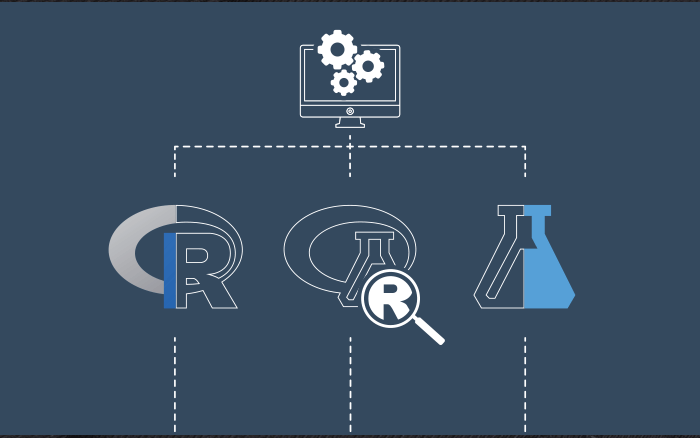
Getting summary statistics in R is a simple process that can be done using the summary() function. In this essay, we will go over the steps needed to get summary statistics in R.
The first step is to load the dataset into R. This can be done using the read.csv() function, which allows you to load data from a CSV file, or by using the read.table() function, which allows you to load data from a tab-separated file. Once the data is loaded, it’s important to make sure that the variables are in the correct format, such as numeric for continuous variables and factors for categorical variables.
The next step is to get the summary statistics of the dataset. The summary() function is used to get the summary statistics of a dataset. It can be applied to a data frame, a matrix, or a vector. The summary() function returns the mean, median, minimum, maximum, and quartiles of the dataset. For a categorical variable, it returns the frequency distribution. For a numerical variable, it returns the mean, median, minimum, maximum, and quartiles.
It’s also possible to get summary statistics of specific variables in the dataset by passing the variable name as an argument to the summary() function. For example, if you want to get the summary statistics of a variable called “age”, you would use summary(data$age).
In addition to the summary() function, there are other functions that can be used to get specific summary statistics, such as mean(), median(), min(), max(), and quantile(). These functions can be used to get the mean, median, minimum, maximum, and quartiles, respectively.
It’s important to note that when getting summary statistics in R, it’s important to keep in mind that the summary statistics only provide a general overview of the dataset and may not reflect the entire distribution of the data. Additionally, it’s important to keep in mind that the summary statistics only provide information about the central tendency, dispersion and shape of the data and not the outliers or the skewness.
In conclusion, getting summary statistics in R is a simple process that can be done using the summary() function. The summary() function returns the mean, median, minimum, maximum, and quartiles of the dataset. It can be applied to a data frame, a matrix, or a vector. Additionally, there are other functions that can be used to get specific summary statistics, such as mean(), median(), min(), max(), and quantile(). It’s important to keep in mind that the summary statistics only provide a general overview of the dataset and may not reflect the entire distribution of the data and they don’t provide information about the outliers or the skewness.
In this Applied Machine Learning & Data Science Recipe (Jupyter Notebook), the reader will find the practical use of applied machine learning and data science in R programming:
How to get SUMMARY STATISTICS in R.
What should I learn from this recipe?
You will learn:
- How to get SUMMARY STATISTICS in R.
How to get SUMMARY STATISTICS in R:
Disclaimer: The information and code presented within this recipe/tutorial is only for educational and coaching purposes for beginners and developers. Anyone can practice and apply the recipe/tutorial presented here, but the reader is taking full responsibility for his/her actions. The author (content curator) of this recipe (code / program) has made every effort to ensure the accuracy of the information was correct at time of publication. The author (content curator) does not assume and hereby disclaims any liability to any party for any loss, damage, or disruption caused by errors or omissions, whether such errors or omissions result from accident, negligence, or any other cause. The information presented here could also be found in public knowledge domains.
Learn by Coding: v-Tutorials on Applied Machine Learning and Data Science for Beginners
Latest end-to-end Learn by Coding Projects (Jupyter Notebooks) in Python and R:
Applied Statistics with R for Beginners and Business Professionals
Data Science and Machine Learning Projects in Python: Tabular Data Analytics
Data Science and Machine Learning Projects in R: Tabular Data Analytics
Python Machine Learning & Data Science Recipes: Learn by Coding